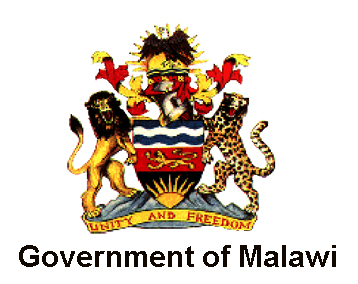Context
Malawi is among the group of countries with the lowest Human Development. To improve its level of development Malawi is working towards achieving the Sustainable Development Goals by 2030. Within this context the health of children under five years old and women (Goal 3) are a high priority.
Health System
Malawi has a public health system that provides services free-of-charge. Health Centre deliver primary care at the local level. Management of the Health Centres is through Health Areas and District Health Offices. See the Program Document for further details.
In the last decade Malawi has significantly increased the number of community based health workers – called Health Surveillance Assistants (HSAs). They run community activities, including health education, mobile vaccination clinics, and village clinics for children under 5 years . They are supposed to work with a 10 member Village Health Committee (VHC) in each village. However, these committees rarely exist in practice.
Local Government
Malawi has recently gone through a period of decentralisation in which local government has been given more responsibility and authority to make decisions regarding services in their area. At the same time efforts have been made to preserve the system of chiefs and Traditional Authorities who govern Malawian society, particularly at the village level.
Approach
Inter Aide has been operating in Malawi since 1991. Over the years there have been many changes in context, and we have adapted our approach accordingly. The following presentation from 2014 describes how our program has evolved over time:
Our current goal is to reduce the number of children under five years old who get sick or die from preventable diseases. Achieving this is not an easy task. Our problem analysis have identified a wide range of reasons behind high child morbidity and mortality in the areas where we work. Some of the problems are at the community level, while others relate to health services. Most of the problems require more than one stakeholder to solve.
Therefore, we decided to bring together all the stakeholders together to work on joint programs. This includes the Traditional Authorities, District Health Office, Health Area and Health Centre. After discussing the issues these partners agree to sign a memorandum of understanding (MoU) every year (see an example from 2014).
The MoU specifies the responsibilities of each stakeholder. For example, Katchale Health Centre had committed to improve the scheduling of HSA activities, if Inter Aide can provide the HSAs with bicycles for transport. Similarly, the Traditional Authorities agree to enforce public health by-laws, as long as they receive feedback on compliance from the HSAs and Inter Aide field staff. If everyone implements their part of the MoU, big improvements can be obtained.

